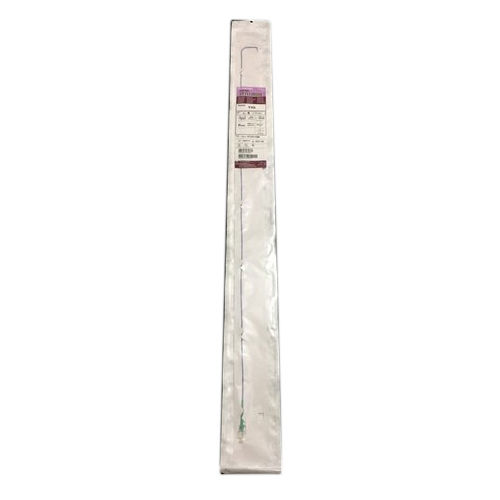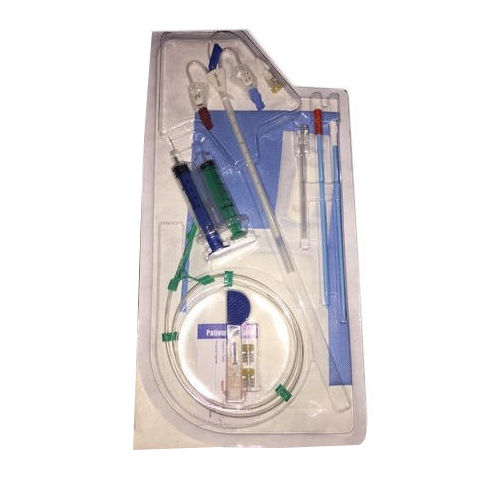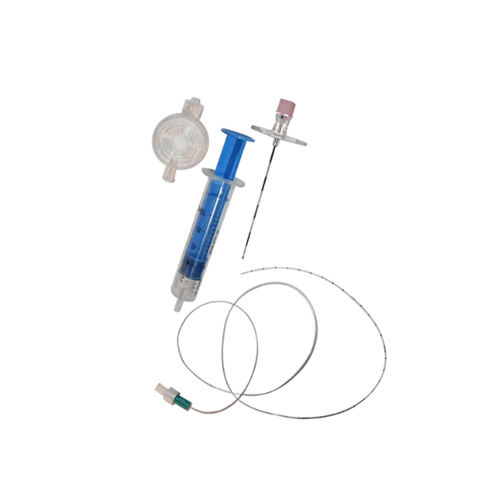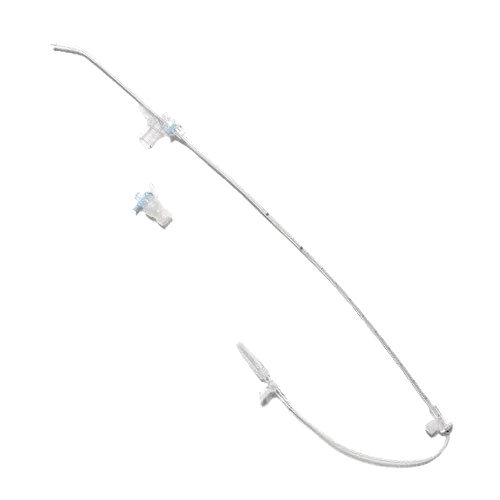Curved Coronary Dilatation Catheter
Product Details:
- Equipment Type Coronary Dilatation Catheter
- Material Plastic
- Condition New
- Use Hospital
- Power Source Electric
- Color White
- Click to View more
Curved Coronary Dilatation Catheter Price And Quantity
- 4700 INR/Piece
- 50 Piece
Curved Coronary Dilatation Catheter Product Specifications
- White
- Electric
- New
- Coronary Dilatation Catheter
- Plastic
- Hospital
Curved Coronary Dilatation Catheter Trade Information
- 10000 Piece Per Week
- 4 Days
Product Description
Curved Coronary Dilatation Catheter is used as an integral part of angioplasty procedure which is done to treat coronary artery ailment. This catheter is inserted to the artery of patient in order to access its narrow area. After its insertion, this catheter is gradually inflated so that it steadily expands to the narrowed section of the artery in order to promote smooth flow of blood. Curved Coronary Dilatation Catheter is usually used along with insertion stent to avoid re-narrowing of the inserted artery. Flexible design of this catheter improves its maneuverability. Its thin walled construction is meant for optimal dilation process.
Product details
|
Balloon Capacity |
3.5 m/cc |
|
Balloon Material |
Nylon |
|
Distal Shaft |
2.7 Fr |
|
Length |
140 cm |
|
Marker Bands |
2 Markers |
|
Nominal Pressure |
12 atm |
|
Proximal Shaft |
1.9 Fr (Hypotube) |
|
Rated Burst Pressure |
22 atm (2.0-4.0 mm) |
|
Tip Length |
2.65 mm |
|
Size |
Medium |
|
Shape |
Curved |
|
Brand |
Sapphire |
|
Coating |
Hydro-X (Hydrophilic) |
|
Outer Diameter |
0.014 Inch |
|
Disposables |
Yes |
|
Type |
Angiographic |
Frequently Asked Questions
Q: What is a coronary dilatation catheter that is curved?
A: A medical device called a curved coronary dilatation catheter is used to treat coronary artery disease during cardiac catheterization operations. It is a specialised catheter with a curved tip that can move through arteries and get to coronary artery segments that are obstructed or constrained.
Q: What are the workings of a curved coronary dilatation catheter?
A: To treat coronary artery disease, the curved coronary dilatation catheter uses a two-step procedure. The catheter is first threaded up to the heart through a sizable blood vessel, typically the femoral artery in the groyne. The catheter's curved tip permits it to navigate the coronary arteries' curves and bends.
Q: How long does the surgery usually last, and how long does it take to recover?
A: The length of the procedure might vary based on a number of variables, such as the severity of the blockage and the health of the individual patient. The process may take between 30 to an hour on average.
Recovery times can differ, although they are often brief. After the procedure, patients are frequently watched for a few hours, and they might need to lie flat for a while to stop bleeding from the puncture site. The majority of people may return to their regular activities in a few days, but it's crucial to adhere to the precise directions given by the medical staff.
Q: Can anyone with coronary artery disease use a curved coronary dilatation catheter for treatment?
A: Depending on the health of the individual patient and the degree of the coronary artery disease, a curved coronary dilatation catheter may be an appropriate form of treatment. Complex blocks may exist in some cases.







